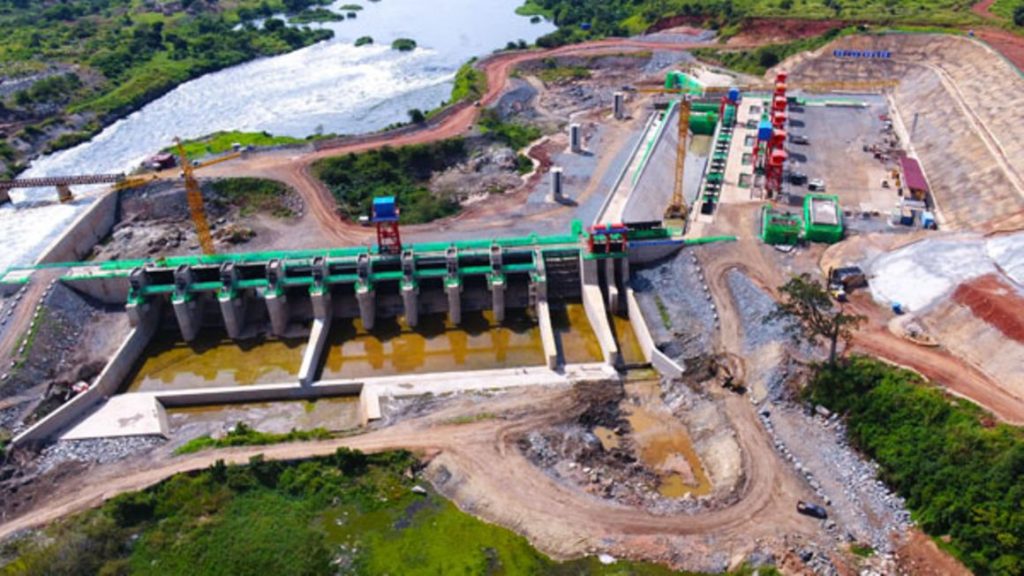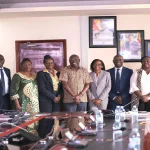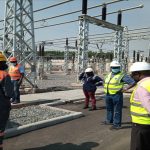Share


The current government inherited a country with hydro-electricity generation capacity of 150 megawatts (MW) in FY1986/87 and only 60MW was being generated. This low electricity generation affected development and in particular industrialisation. In 2005, a decision was taken to invest in power generation so as to stem low supply. By the end of 2020, hydropower generation will stand at 1,868MW with the commissioning of Karuma (600MW).The government has also promoted other sources of energy including solar, geothermal, nuclear, thermal and bagasse energy. We are currently faced with a ‘good problem’ — surplus electricity. Total demand including exports was 680MW in June 2020, providing a surplus of close to 1,160MW. However, this surplus will be no more with increased industrialisation, improved transmission, reduced costs, and efficiency in distribution. We are now dealing with the challenges of industrialisation, transmission, distribution and cost. Table 6 below shows the current energy consumption in Uganda.When we took a decision to build a number of dams to generate electricity, some people argued that we were wasting resources by over-investing in energy generation when current demand was very low. As observed in the table, 37 (extra-large) factories consume more electricity than domestic users in the country, totalling 1.5 million households. Therefore, when we open all factories that we have attracted and develop more, the current power generated will be fully consumed. With increased consumption of power, there will be a reduction in the cost of electricity.
| TABLE 6: ENERGY CONSUMPTION PER CUSTOMER CATEGORY | ||||
| CATEGORY | CONSUMPTION (GWH) | PERCENTAGE % | 2019 CONSUMPTION NUMBERS | |
| 1. | Domestic | 698.0 | 21.6 | 1,455,153 |
| 2. | Commercial | 367.0 | 11.4 | 120,467 |
| 3. | Medium Industrial | 507.0 | 15.7 | 2,859 |
| 4. | Large Industrial | 891.0 | 27.6 | 559 |
| 5. | Extra-Large Industrial | 763.0 | 23.6 | 37 |
| 6. | Streetlights | 1.3 | 0.04 | 248 |
| TOTAL | 3,227.3 | 99.94 | 1,579,322 | |
Energy Losses have been reduced from over 30% at liberalization to 16% in 2020. The Access to Clean Energy rate has also increased and the legally Grid-Connected Customer Base has grown from approximately 180,000 Customers in 2001 to 1,643,288 in 2020, including Off-Grid Customers.
As a way of growing Access to Clean Energy across the Country, ERA has licensed several Electricity Distribution Operators across the Country to serve the hitherto unserved and predominantly rural community. The number of Electricity Distribution Companies now stands at Nine (9). The Distribution Companies are: Umeme Limited, West Nile Rural Electrification Company (WENRECo), Uganda Electricity Distribution Company Limited (UEDCL), Bundibugyo Electricity Cooperative Society (BECS), Kyegegwa Rural Energy Co-operative Society (KRECS), Pader-Abim Community Multi-Purpose Electric Co-operative Society (PACMECS), Kilembe Investments Limited (KIL), Hydromax, and Kalangala Infrastructure Services Limited (KIS). These companies are operating in various regions of the Country, which has increased Access to Electricity. Access has grown from a perennial 12%-15% to 51% according to the most recent access statistics released by the Uganda Bureau of Statistics.
PROGRESS
Power generation
As pointed out above, hydropower generation will soon stand at 1,868MW with the commissioning of Karuma. Construction of Isimba Dam (183MW) and Ayago II Dam (42MW) was completed. Karuma Dam (600MW) works were at 98% by July 2020, while the construction of substations and transmission lines is at 80%. The following small dams were commissioned;
|
TABLE 7: COMMISSIONED DAMS |
||
|
DAM |
MEGAWATTS |
|
|
1. |
Kikagati |
14.0 |
|
2. |
Kyambura |
7.6 |
|
3. |
Lubilia |
5.4 |
|
4. |
Muvumbe |
6.5 |
|
5. |
Ndugutu |
5.9 |
|
6. |
Nkusi |
9.6 |
|
7. |
Nyamagasani I |
15.0 |
|
8. |
Nyamwamba |
9.2 |
|
9. |
Rwimi |
5.54 |
|
10. |
Sindila |
5.24 |
|
11. |
Situ II |
16.5 |
|
12. |
Situ1 |
5.0 |
|
13. |
Tororo Solar |
10.0 |
|
14. |
Waki |
4.8 |
|
TOTAL |
120.28 |
|
Rural electrification
Access to electricity is at the heart of socio-economic development. It impacts on a wide range of development indicators, including health, education, food security, gender equality, livelihoods and poverty reduction.
Whoever grew up in a village remembers a life without electricity. Some villages are now connected to the national grid and have steady supply of power. More villages are to be connected over the next five years.
There was a time of intermittent power cuts or load shedding. People had become used to that and it became a way of life. Today, any slight failure in power supply upsets everyone and is considered a big issue. This confirms that there is a steady supply of electricity, which people are now used to. NRM knows that providing electricity to all Ugandans is about serving humanity.
Without electricity, the provision of modern public health services becomes a daunting task. With lights at night, all children can study under similar conditions. Many now have TVs, not only for entertainment, but also for learning more about the rest of the world. With electricity, the use of electrical appliances such as fridges is on the rise. Furthermore, appliances like fridges, salon equipment and cookers are being used by many Ugandans to generate incomes, which explains the need for a steady supply of electricity.
Electrifying districts
By 1986, only 20 (about half) out of 39 district headquarters were connected to the national grid. Today, only four (Kaabong, Karenga, Kotido and Buvuma) out of 135 districts are not yet connected.
Work on taking power to Kaabong and Kotido is ongoing and will be completed by December 2020. The Government is also going to look for approximately Ush45 billion required to supply both Buvuma and Sigulu islands with electricity.
To increase rural electrification, NRM has constructed over 14,820km of Medium Voltage To increase rural electrification, NRM has constructed over 14,820km of Medium Voltage (MV) power lines and approximately 10,000km of Low
Voltage (LV) power distribution lines.
This has translated into the connecting of over 1,000,000 consumers onto the national grid.
Easing connecting power to homes
In order to increase the consumption of electricity, the government is making connections to homes easier and affordable. Under this policy which started in 2018, the Government subsidises the cost of electricity connection materials, enabling citizens who are ready for electricity consumption to benefit. Over 300,000 household connections are targeted annually.
Electrifying sub-counties
In October 2019, NRM commenced on the Project for Bridging the Demand Supply Balance Gap through the Accelerated Rural Electrification Programme that is supplying electricity to sub-county headquarters.
Under the project, over 4,000km of MV networks and over 6,000km of LV networks shall be constructed to provide electricity to 620 unserved sub-county headquarters countrywide. These include 558 sub-county headquarters, 52 town councils and 10 division headquarters.
Construction started in October 2019 in 20 districts: Kumi, Kapchorwa, Namutumba, Isingiro, Kassanda, Kyegegwa, Kibaale, Omoro, Otuke, Madi-okolo, Arua, Adjumani, Kiboga, Kanungu, Bundibugyo, Agago, Buyende, Bukedea, Kole and Apac.



